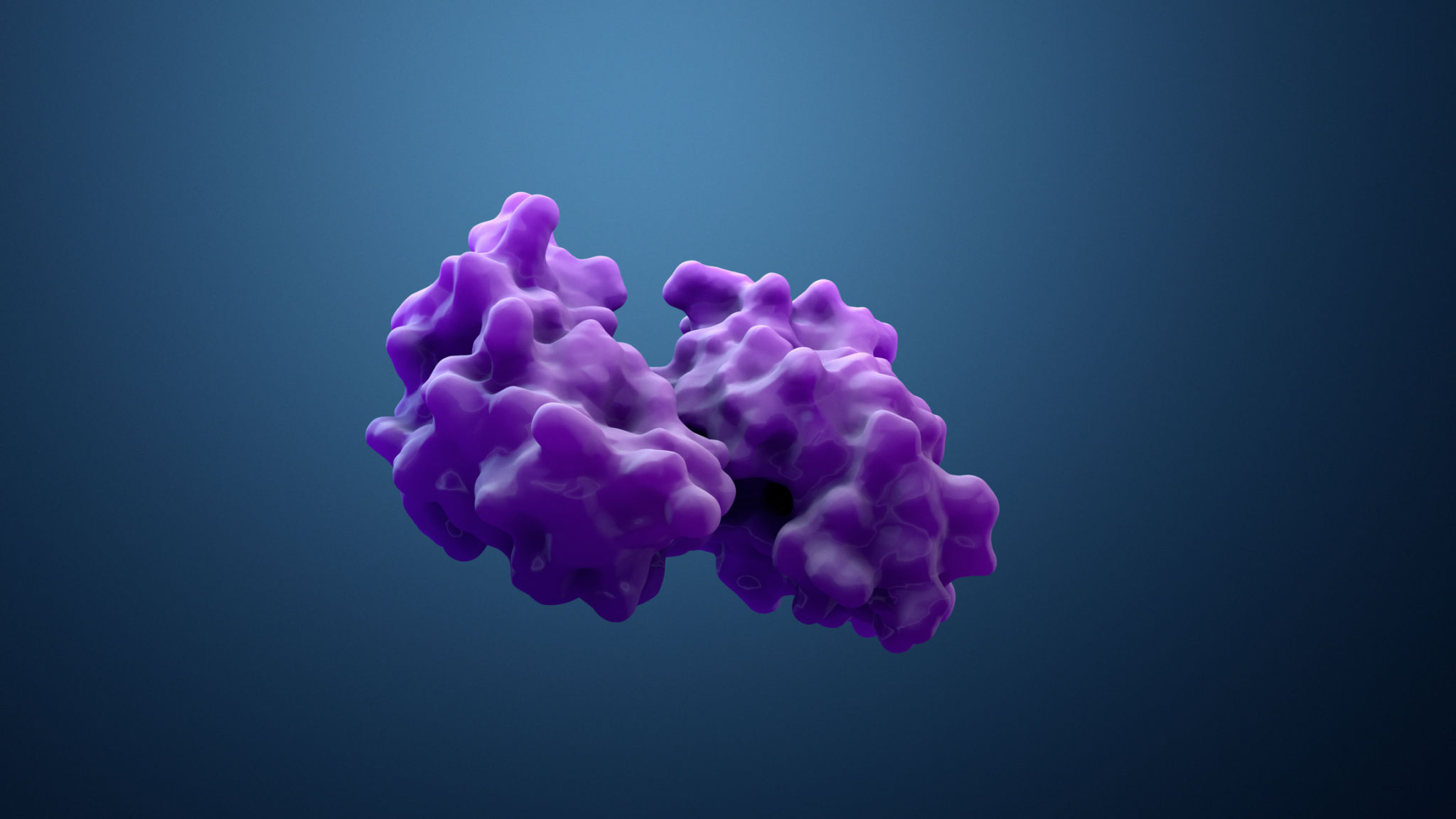The Future of Patient Education: Why 3D Models Matter
The Evolution of Patient Education
In the realm of healthcare, patient education has always been a cornerstone for effective treatment and recovery. Traditionally, this education has been delivered through pamphlets, diagrams, and verbal explanations. However, with technological advancements, particularly in 3D modeling, the landscape of patient education is rapidly evolving. These models provide a dynamic and interactive way for patients to understand their conditions and treatments better.

Why 3D Models Are Crucial
3D models offer a level of detail and interactivity that traditional methods simply cannot match. By providing a realistic representation of anatomical structures, these models allow patients to visualize complex medical conditions more clearly. This enhanced understanding can lead to more informed decision-making, ultimately improving patient outcomes.
Moreover, 3D models can be customized to reflect individual patient anatomy. This personalized approach means that patients can see exactly how a procedure or condition affects their body, which is particularly beneficial for those facing surgery or complex treatments.
Benefits of 3D Models in Patient Education
The integration of 3D models into patient education offers several advantages:
- Enhanced comprehension: Patients can better grasp complex medical concepts.
- Improved communication: Healthcare providers can explain conditions and procedures with greater clarity.
- Higher engagement: Interactive models capture patient interest and encourage them to learn more about their health.

Facilitating Informed Decisions
One of the most significant impacts of 3D models in patient education is their role in facilitating informed decisions. When patients understand their medical conditions thoroughly, they can actively participate in their treatment plans. This collaborative approach fosters trust and transparency between healthcare providers and patients.
Additionally, informed patients are more likely to adhere to treatment plans, leading to better health outcomes and reduced healthcare costs. By enabling patients to visualize potential outcomes, 3D models empower them to choose options that align with their personal values and lifestyles.
A Look at the Future
The future of patient education is promising with the continued integration of 3D technology. As models become more advanced and accessible, they will likely become a standard tool in healthcare settings worldwide. This shift will necessitate ongoing training for healthcare professionals to effectively utilize these tools in patient interactions.

Overcoming Challenges
Despite the numerous benefits, there are challenges to implementing 3D models in patient education. These include the cost of technology, ensuring accuracy in the models, and integrating them into existing systems. However, as technology evolves and becomes more cost-effective, these challenges are expected to diminish.
Moreover, collaboration between technology developers and healthcare professionals will be essential to create models that are not only accurate but also user-friendly for both patients and providers.
Conclusion
In conclusion, 3D models represent a transformative shift in the way patients are educated about their health. By enhancing understanding and engagement, these tools empower patients to take an active role in their healthcare journeys. As we look toward the future, embracing this technology will be crucial for advancing patient education and improving health outcomes globally.